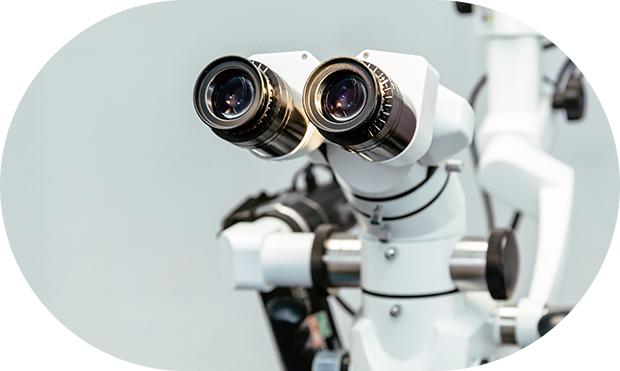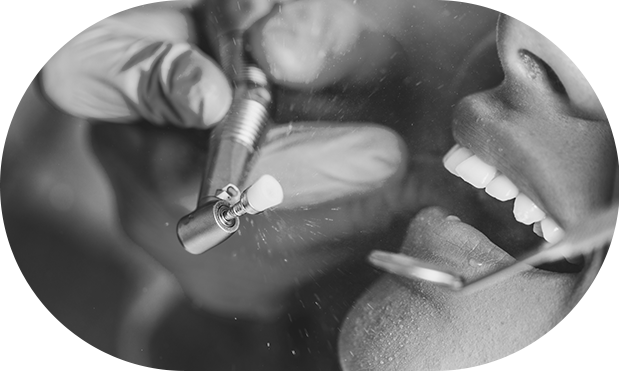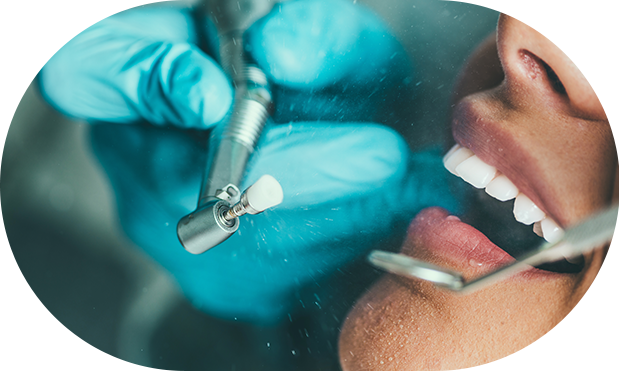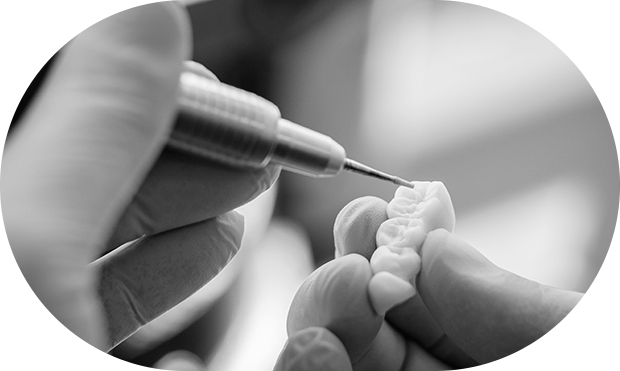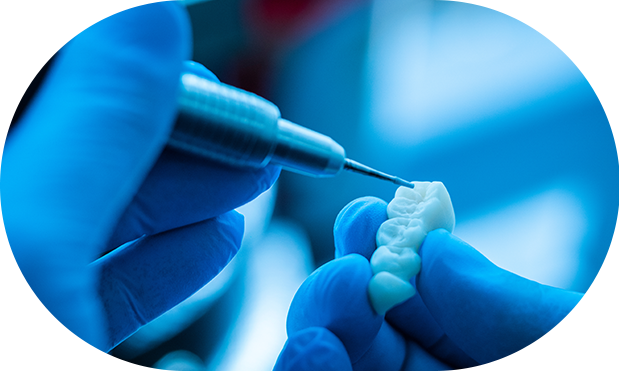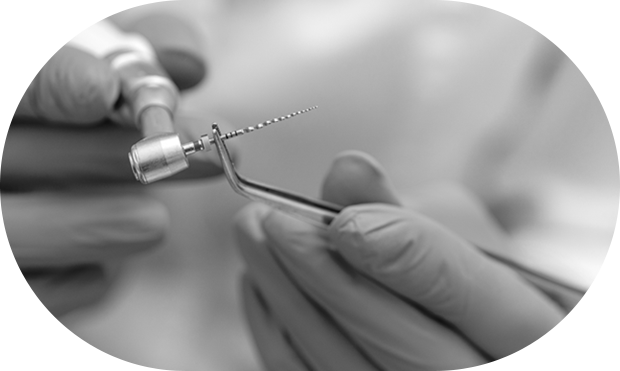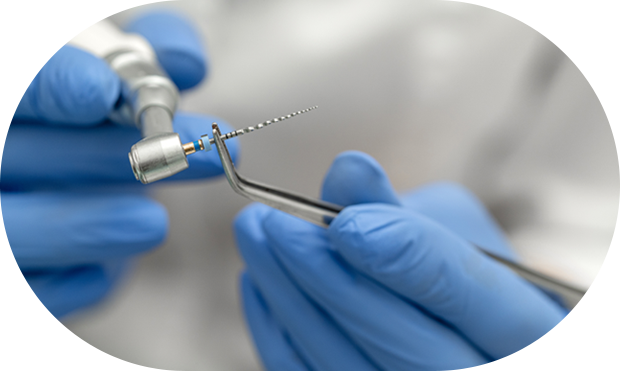DENTAL CLINIC
IMPLANTS
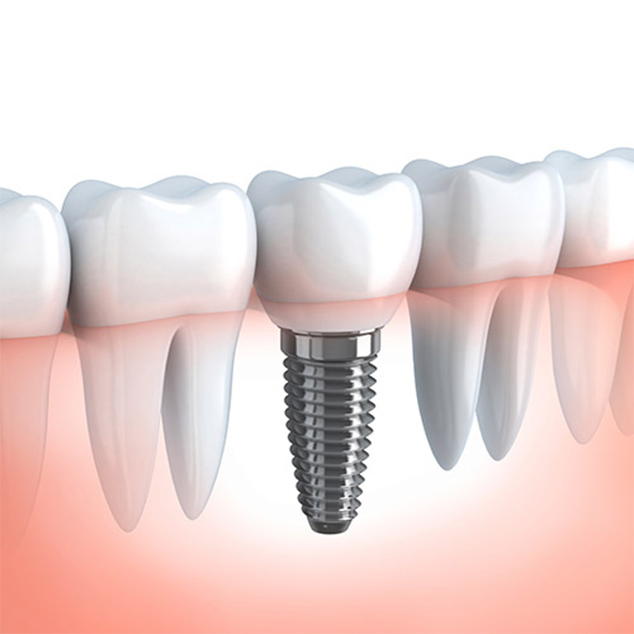
-
The Invention of Implants
-
What is a dental implant?
-
What advantages do implants offer?
-
Is implant treatment safe?
-
What does “immediate loading” of implants mean?
-
Is implant placement painful?
-
How do we care for implants?
-
What are implants made of?
-
What is the lifespan of an implant?
-
What is the cost of dental implants?
The Invention of Implants
Dental implants represent the greatest revolution in Dentistry over the past six decades. It was in 1952 when the Swedish professor—and later our teacher and mentor— Per-Ingvar Brånemark conducted a very interesting experiment. In that experiment, he discovered something that would change dental science forever. Specifically, he discovered that titanium has the property to integrate biologically and functionally with bone if a strictly aseptic surgical and prosthetic protocol is followed.
Brånemark named this discovery Osseointegration, combining the Greek word “osteon” (bone) and the Latin word for integration, “integrare.” He was the first to place titanium dental implants in a human in 1965. These implants remained in place until the man’s death four decades later, in 2005.
Today, osseointegration is a very common practice used to restore patients with severe issues.
What is a dental implant?
Simply put, it is an artificial tooth placed in the jawbone to replace a natural tooth. Implants are the closest thing to natural teeth that modern dental science has achieved, offering stability, functionality, and durability.
What advantages do implants offer?
The advantage of replacing missing teeth with implants is that we do not have to file down healthy adjacent teeth for bridge supports, and we eliminate the need for removable dentures. This results in individuals feeling aesthetically and functionally complete. Additionally, it prevents the unsightly and aging-related bone resorption in the jawbones.
Is implant treatment safe?
Given thorough preoperative assessment, our experience and internationally documented literature clearly show that dental implant treatment is safe, with success rates of 96-99%.
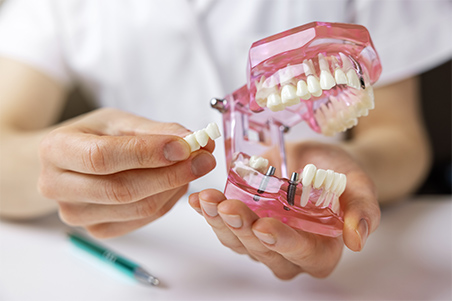
What does “immediate loading” of implants mean?
One of the most significant therapeutic advancements in implantology over the past twenty years is the immediate loading of dental implants. If the appropriate conditions are met—meaning sufficient bone quantity and quality, an adequate number and size of implants, and absence of inflammation—then we can place the teeth on the implants within a very short time, sometimes even within hours or days, allowing the patient to chew with them immediately.
For immediate loading of implants to be successful, the dental team must have extensive experience and knowledge. At our clinic, we have been applying immediate loading for both simple and complex cases since 2000, with the same success rate as with delayed loading (over two months).
Typically, the patient’s postoperative recovery is painless, and within 24 hours, oral and aesthetic function is restored, allowing the patient to resume daily activities.
Is implant placement
painful?
The procedure is performed with local anesthesia and is completely painless. After the procedure, minor discomfort may occur; however, any side effects are usually mild and easily managed. Most patients handle the discomfort effectively with simple pain relievers.
How do we care
for implants?
While dental implants are not susceptible to cavities, this does not mean we shouldn’t care for them as we would any other tooth. Maintenance requirements include adequate oral hygiene with brushing and using interdental brushes or dental floss twice a day.
Additionally, a check-up and cleaning at the dental office every six months is essential. The examination includes a clinical evaluation and, if necessary, an X-ray examination.
What are implants
made of?
The material used for implants is titanium, a metal that is biocompatible with the human body, as discovered by the aforementioned “father” of modern dental implantology, Per-Ingvar Brånemark. In a short period, titanium integrates with the jawbone and remains stable, ensuring uninterrupted chewing function once the artificial tooth is placed.
What is the lifespan of an implant?
With good oral hygiene and regular dental visits, a high-quality dental implant can remain intact for decades, or even a lifetime.
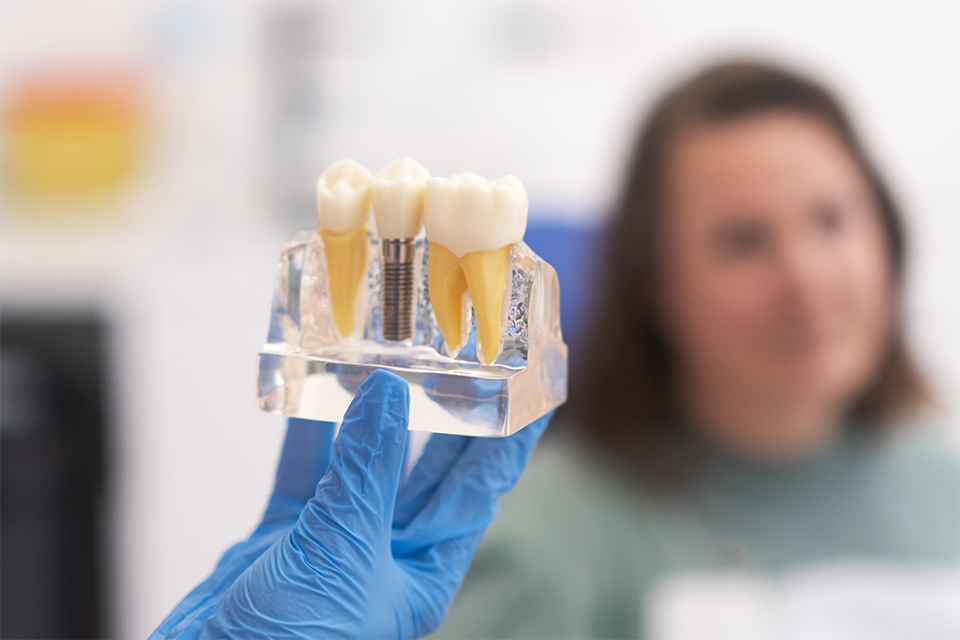
What is the cost of dental implants?
The cost of the procedure is not negligible compared to simpler dental procedures; however, the benefits gained by the patient are significantly greater. Implants provide a high-quality solution with exceptional durability over time and outstanding aesthetic and functional results—in other words, they are the closest thing to natural teeth that dental science has achieved.
In any case, an accurate estimate of the cost can only be determined after a thorough examination at our clinic.


